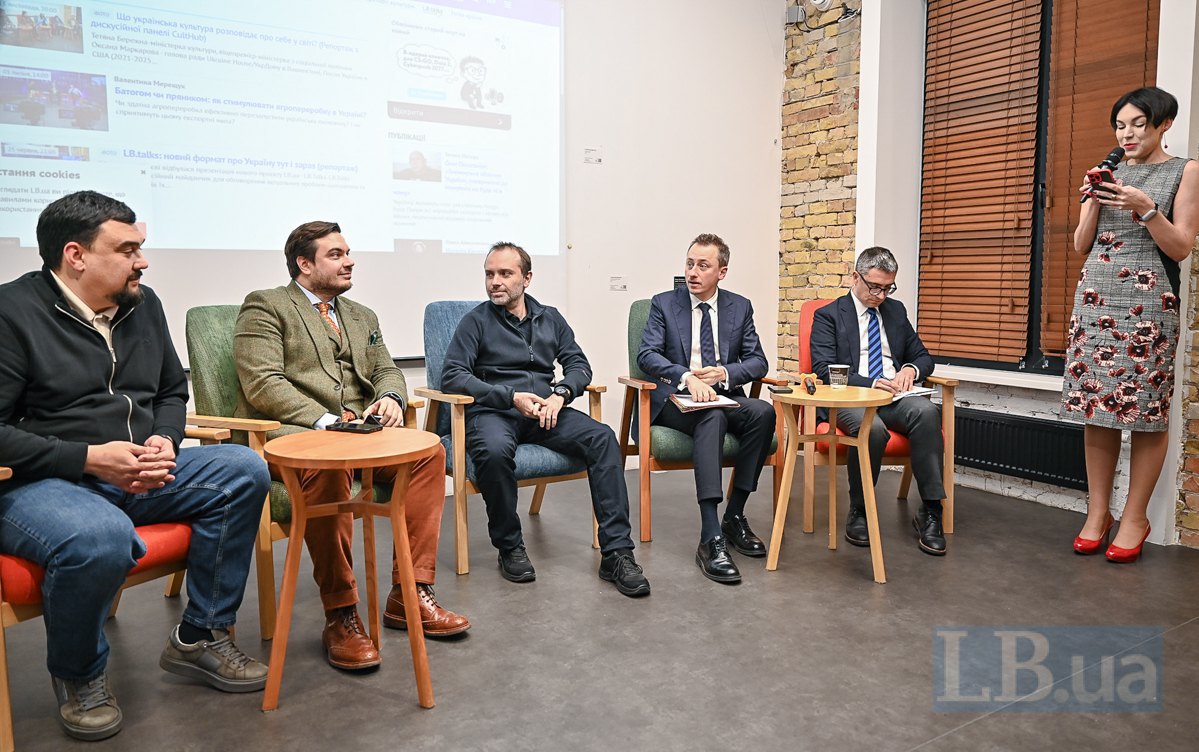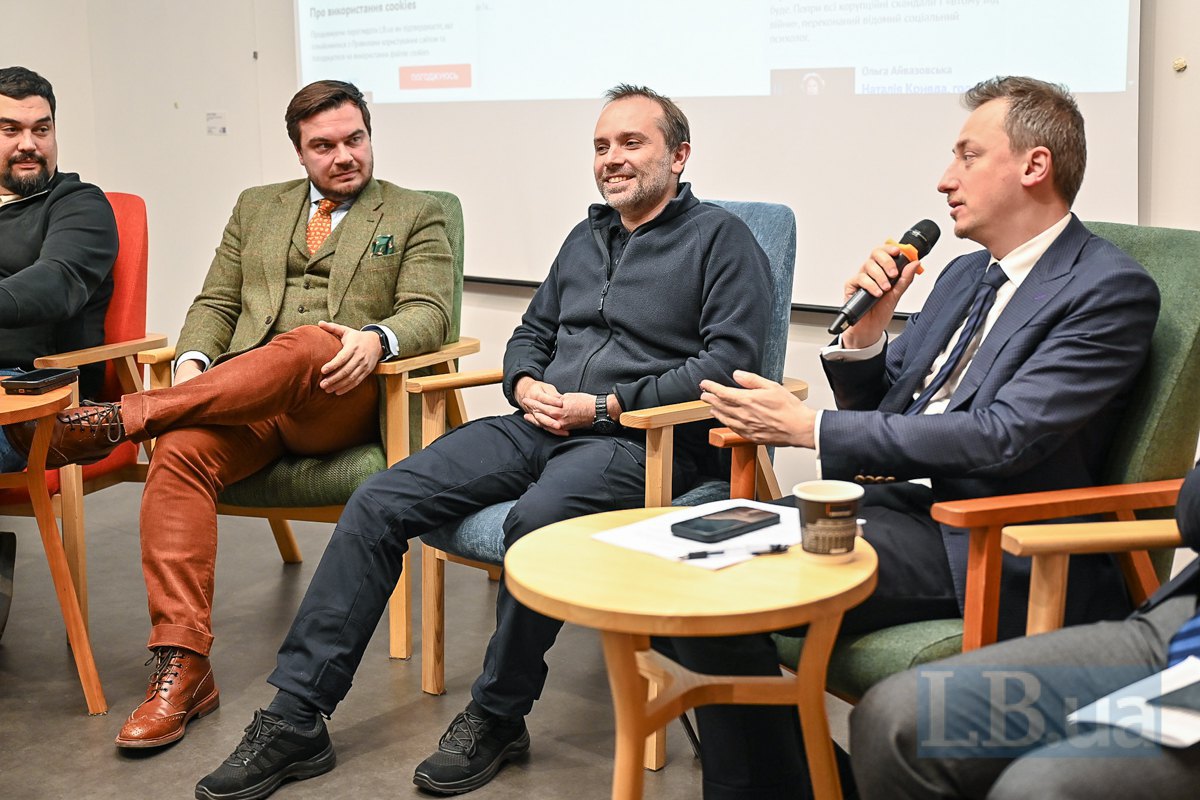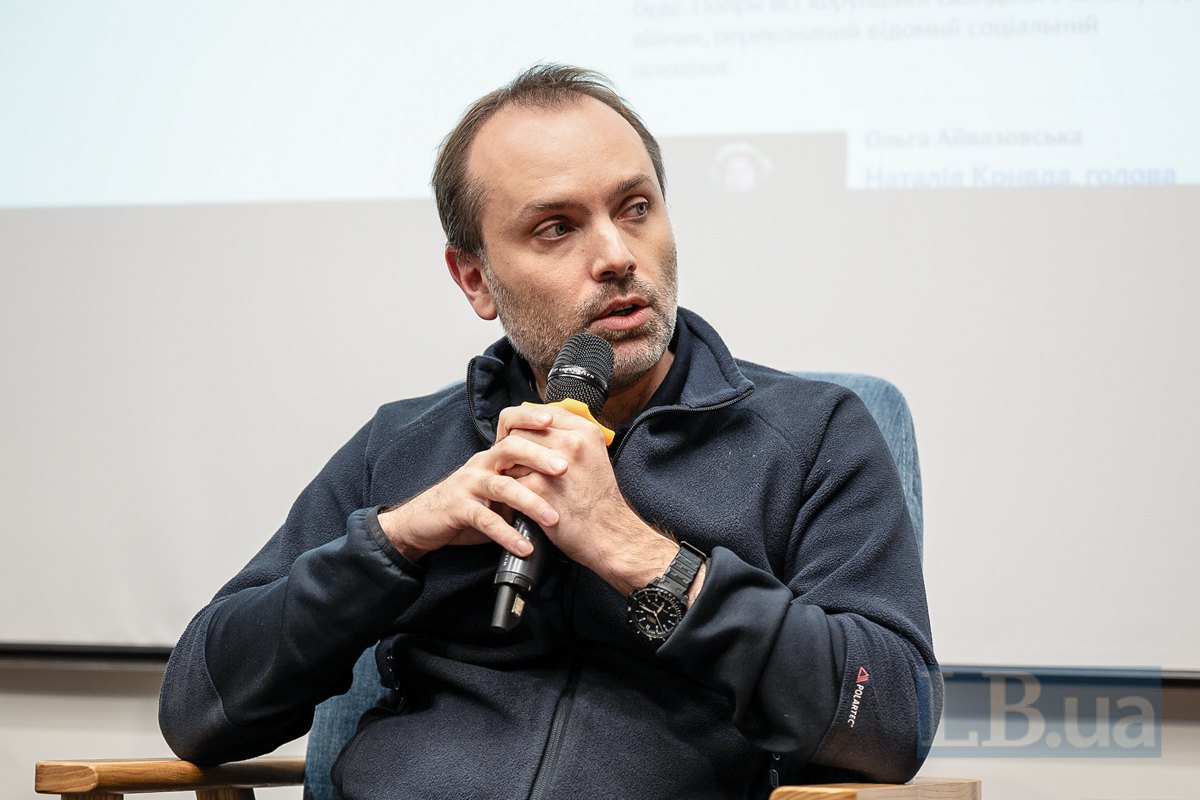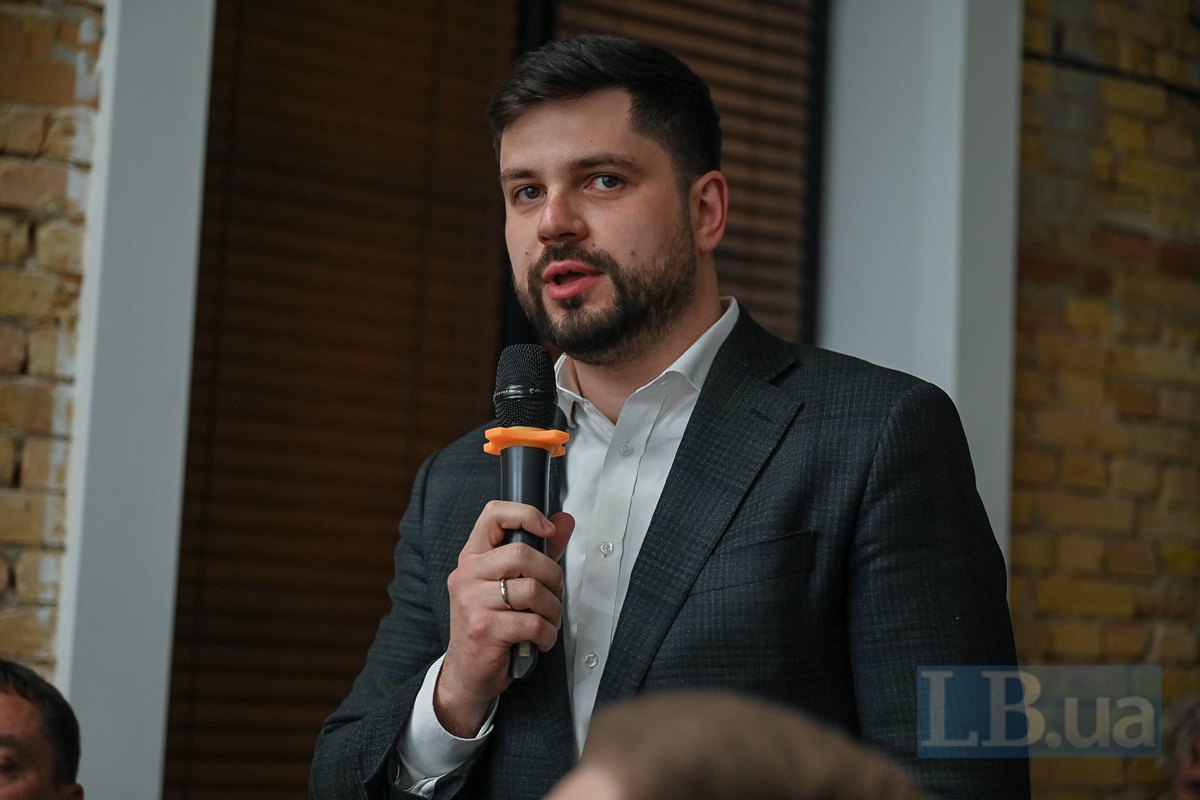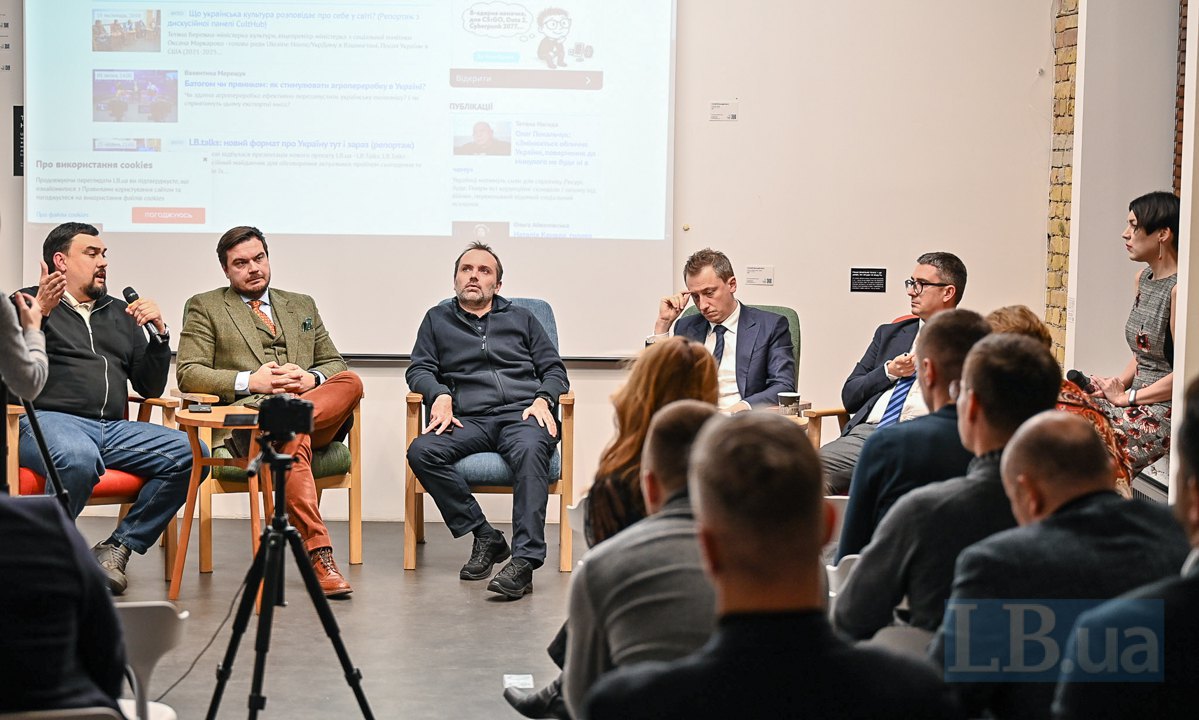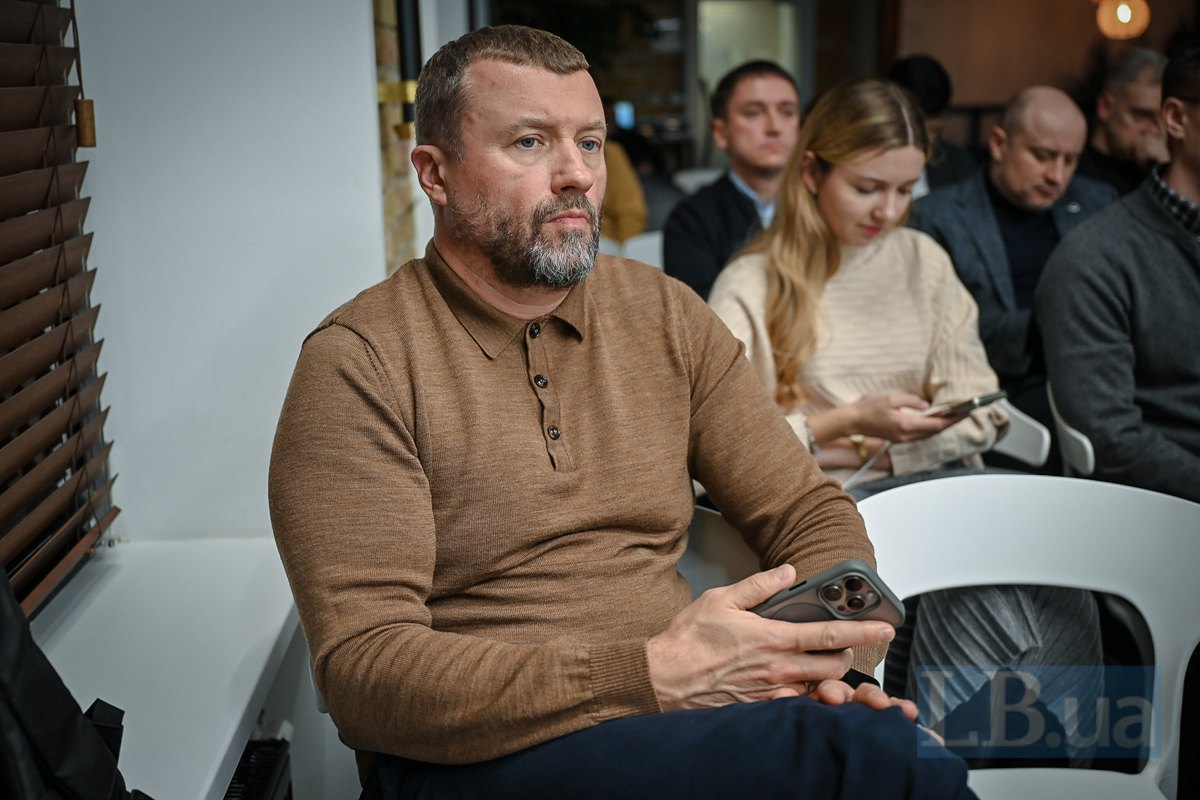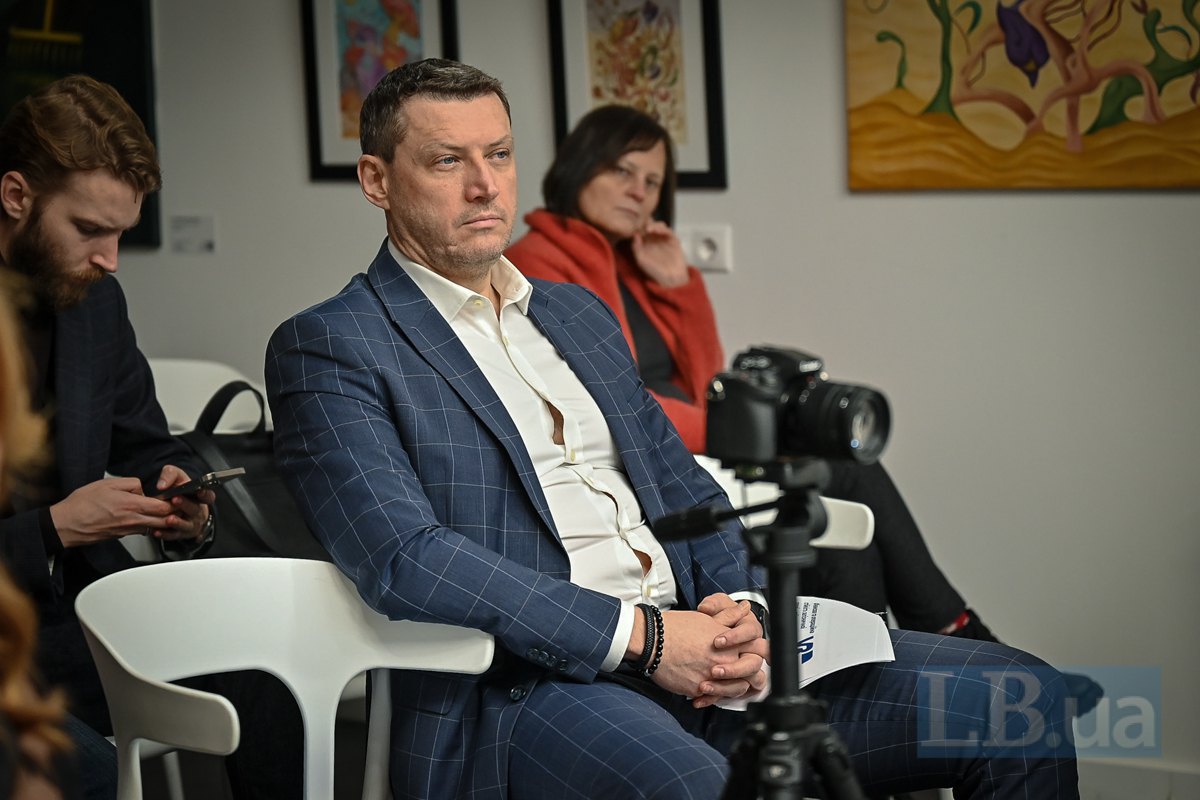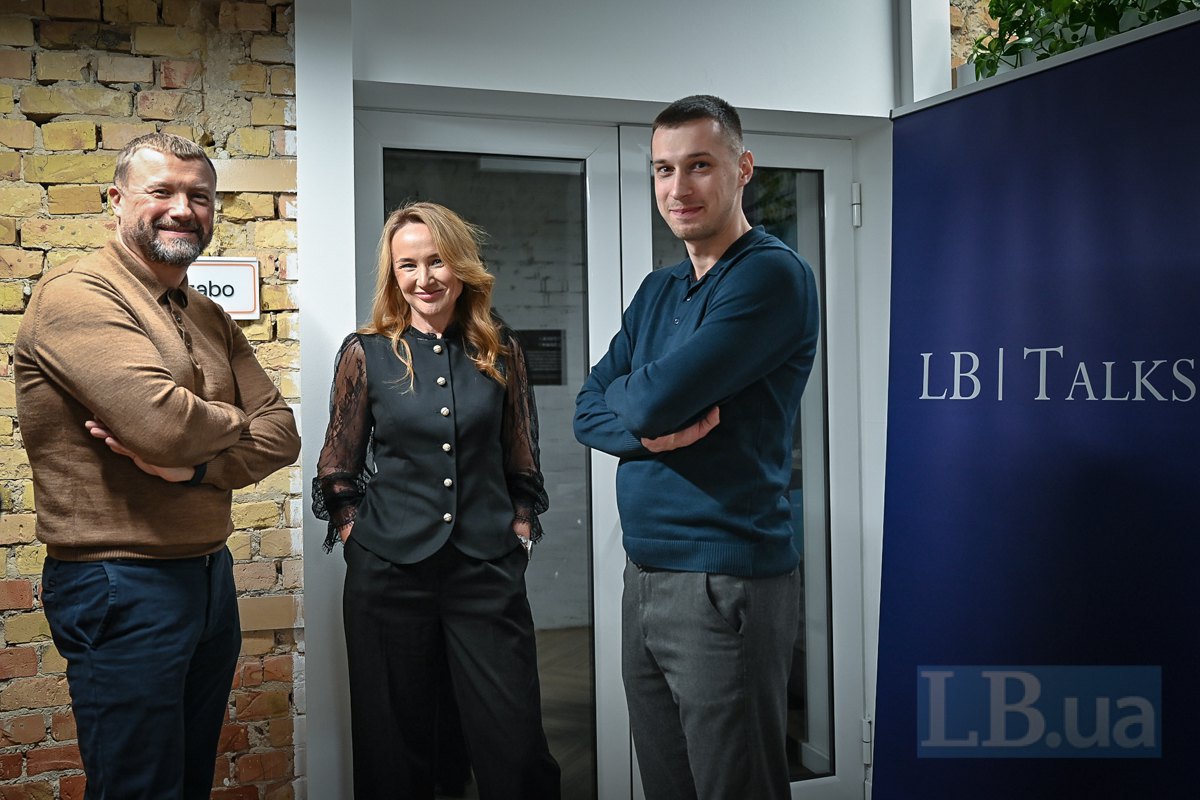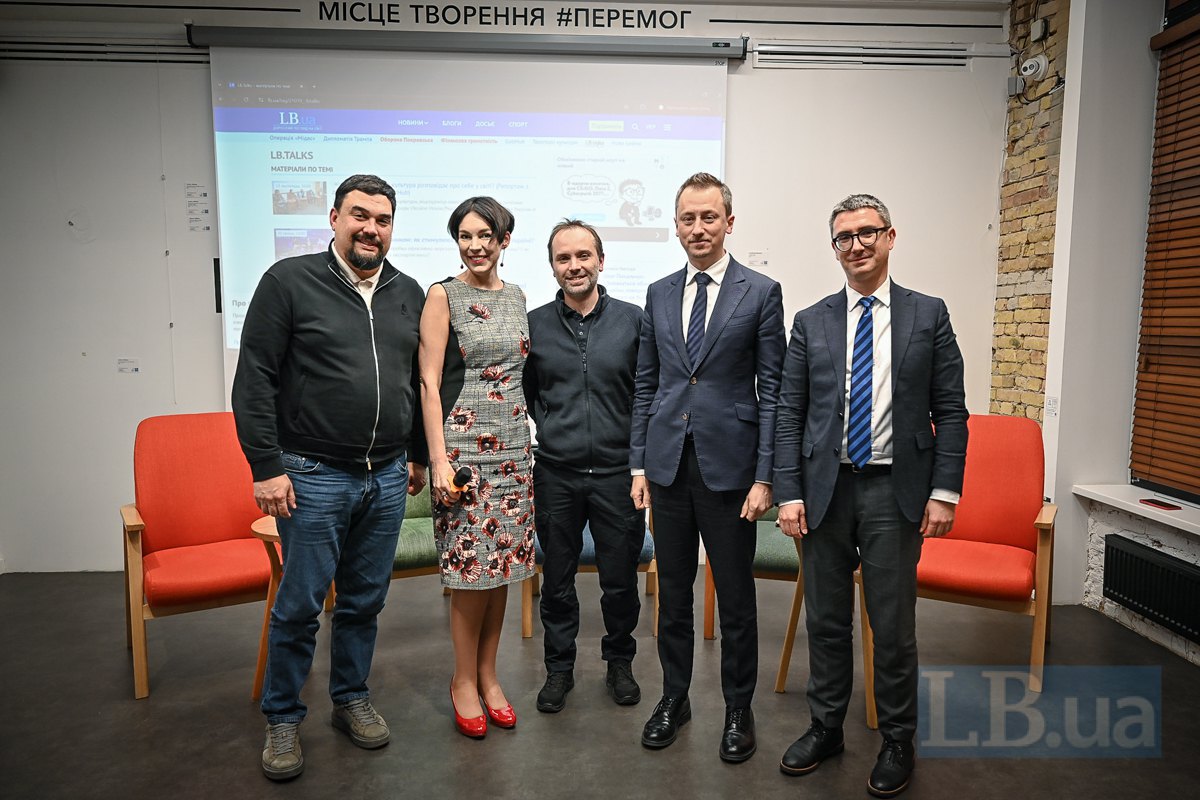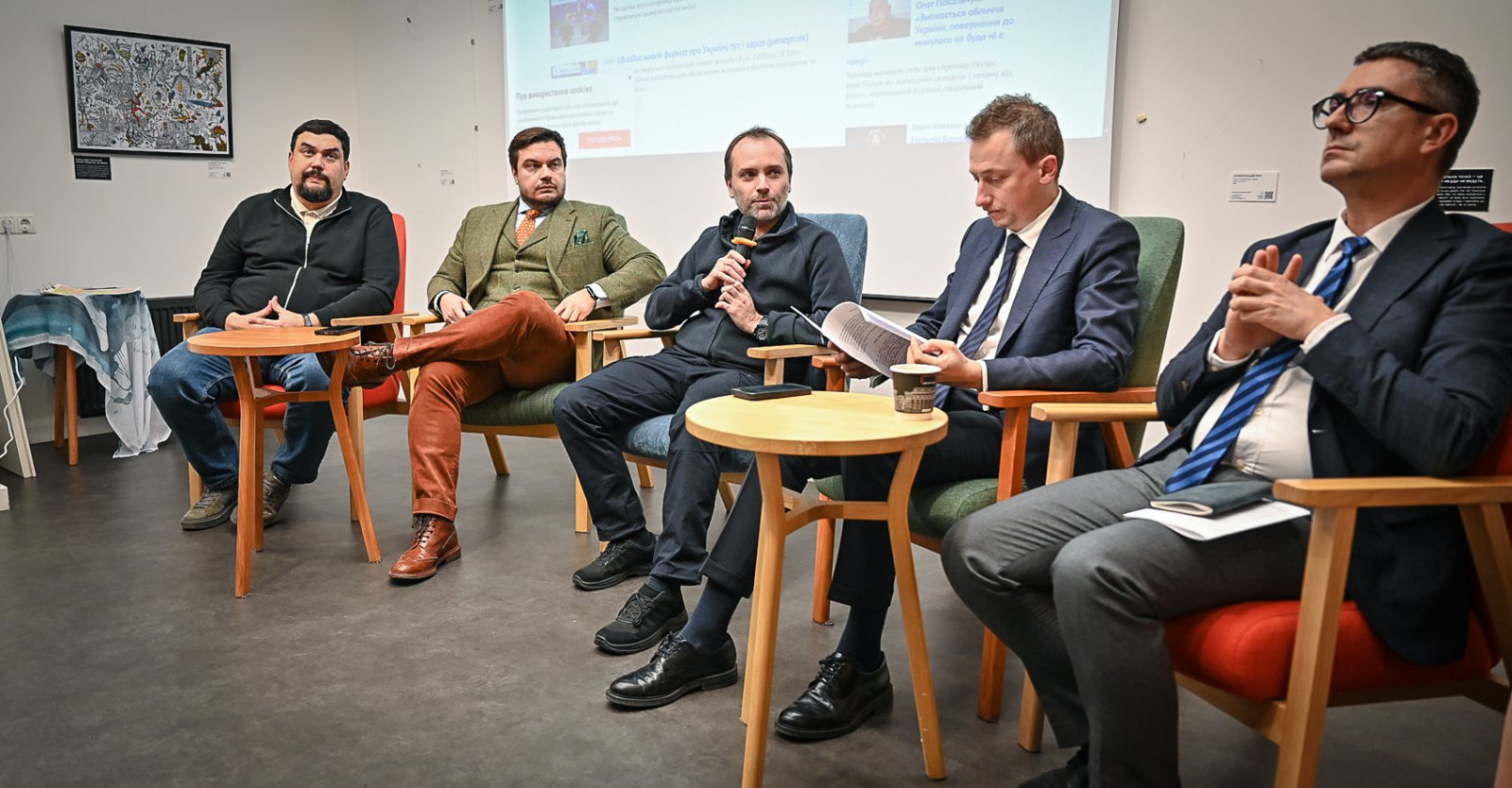From 1 January 2026, Ukrzaliznytsya plans to raise freight tariffs by 27%, followed by a further 11% increase six months later. The initiative has sparked a wave of debate among representatives of various business sectors that rely directly on UZ’s services.
We held one of these discussions on the LBTalks platform to examine whether the tariff hike is genuinely necessary, how it should be implemented to minimise harm to businesses while ensuring maximum revenue for the railway, and whether Ukrzaliznytsya has alternative ways to cover its liquidity gap of 48 billion next year.
Taking part in the discussion were:
- Oleksiy Sobolyev, Minister for Economy, Environment and Agriculture of Ukraine;

- Oleksandr Pertsovskyy, Chairman of the Board of Ukrzaliznytsya;
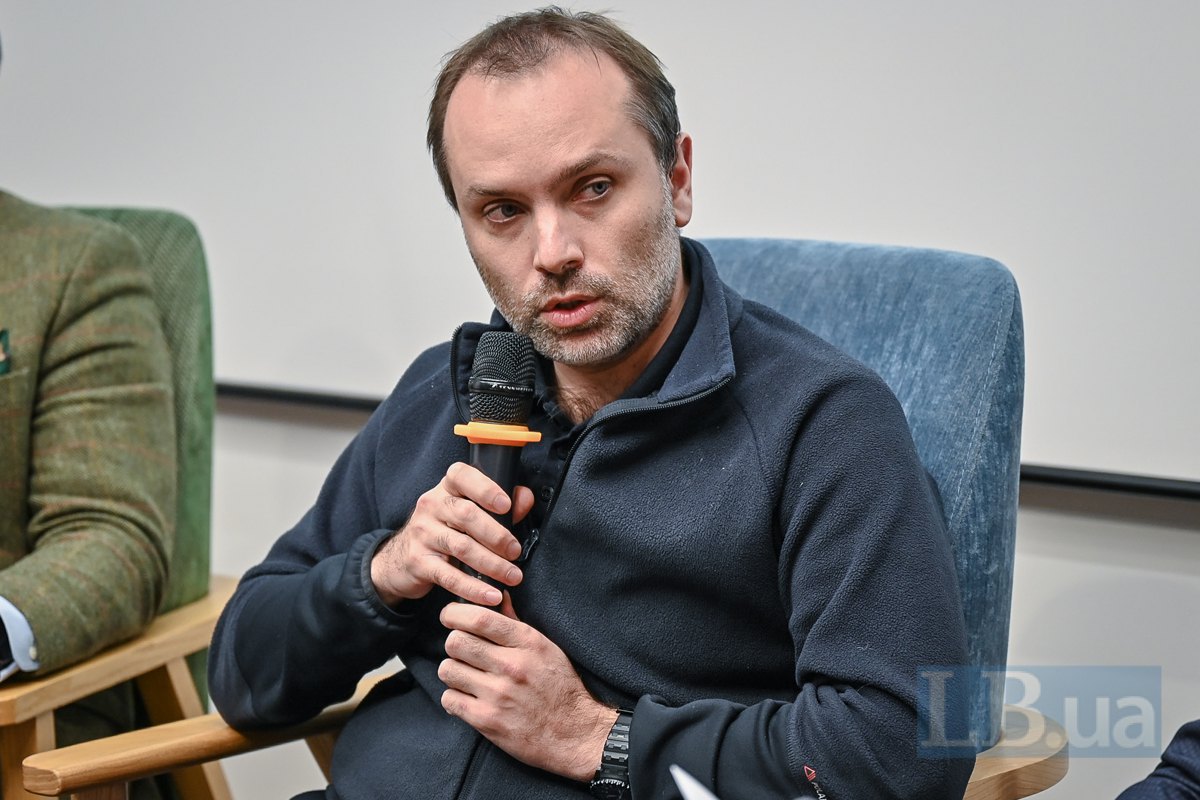
- Dmytro Natalukha, Chairman of the Verkhovna Rada Committee on Economic Development;
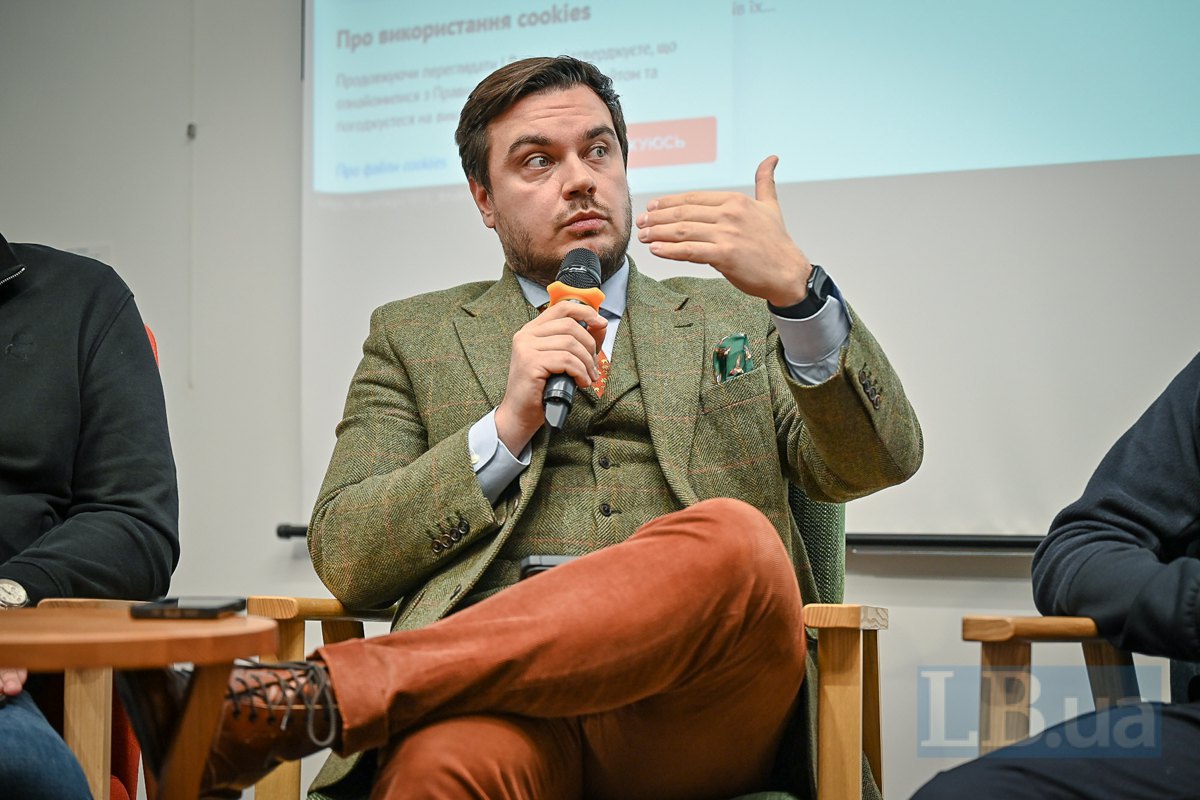
- Oleh Khomenko, CEO of the Ukrainian Agribusiness Club;

- Hlib Vyshlinskyy, Director of the Centre for Economic Strategy.

According to Economy Minister Serhiy Sobolyev, the issue of raising freight tariffs touches on a far deeper question — reforming the tariff system itself, as the tariff handbook (which determines the cost of transporting each type of cargo by category – Ed.) has not been reviewed since 2009. Simply increasing prices without revisiting the tariff-setting model does not reflect current realities, the minister believes.
“A blanket tariff increase, in our view, may not produce the effect we want. …Some cargo will disappear because certain enterprises may shut down, some may shift to road transport, and in that case Ukrzaliznytsya again fails to receive the expected revenue. That’s why we suggest approaching this process very carefully and in detail,” Oleksiy Sobolyev noted.

Ukrzaliznytsya CEO Oleksandr Pertsovskyy stresses that the rise in freight tariffs is a forced step. The company, he says, is doing everything it can to cover the deficit, but even with these measures — together with partial state compensation for passenger services — a shortfall of tens of billions of hryvnias still remains.
“Ten billion is our optimisation programme. Then we’re talking about roughly 16 billion, possibly the continued coverage of operating losses in passenger services next year, because the state currently insists on not raising passenger fares during martial law. And that’s understandable, as for many people this is the only remaining way to reach a frontline city and so on.
Accordingly, the delta is the expected revenue that must still be generated through indexation of freight tariffs. We’ve worked with the Ministry for Economy, and for now the proposal is a fairly gradual, two-stage indexation. We’re open to adjusting it — whether by redistributing between tariff classes or by unifying the structure,” Pertsovskyy noted.
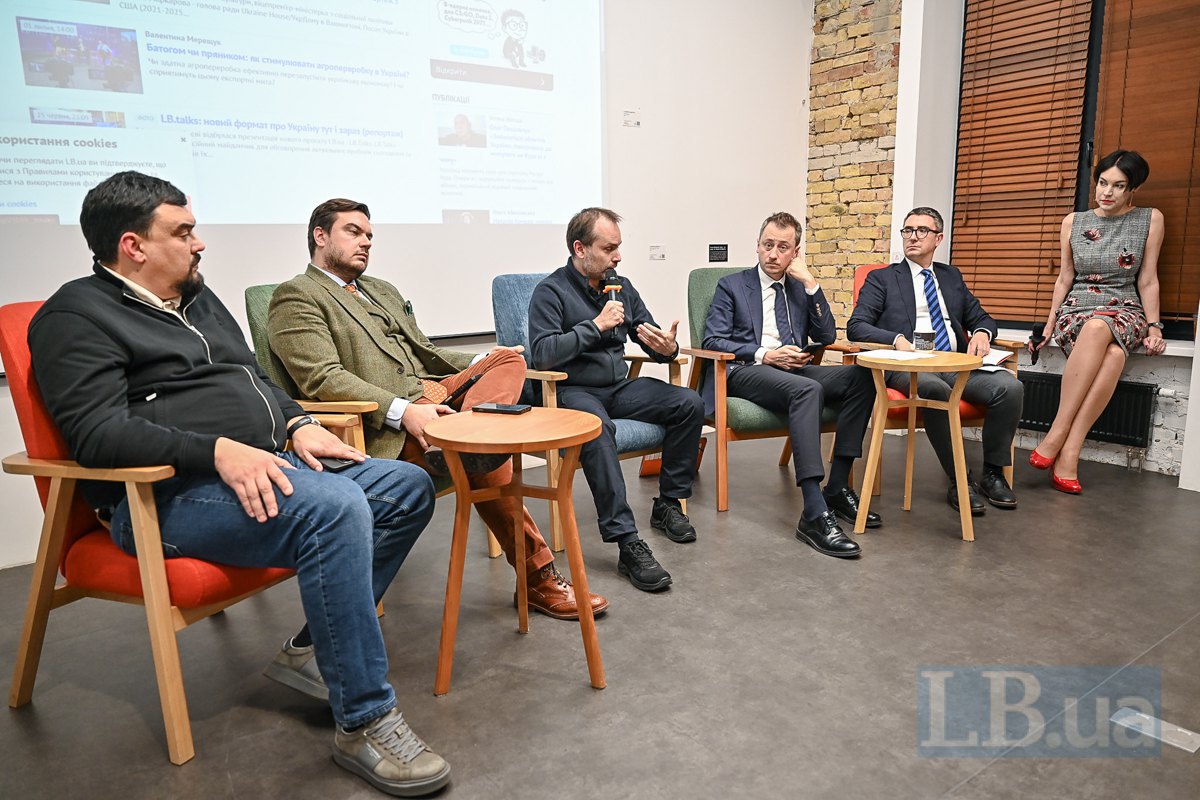
Overall, participants agreed on the need to look for internal reserves and opportunities within UZ — for example, by regulating prices for container transport.
Oleh Khomenko, Director General of the Ukrainian Agribusiness Club, reminds that any increase in transport costs ultimately falls on the producer — in the agricultural sector, on the farmer. According to him, logistics and transport services account for around 15% of the cost structure of agricultural production, and their rise directly affects business profitability, tax payments, rent payments, settlements with landholders, and so on.
“What does a farmer feel? In 2022 tariffs were raised by 70%, and there was effectively no result. We pay extra money — there’s no effect. Now they’ll go up another 30%. Where will the effect be? No one knows,” Khomenko argued. He also noted that after the previous increase, businesses switched to road freight en masse — and with the rise UZ is now proposing, this trend will only intensify.
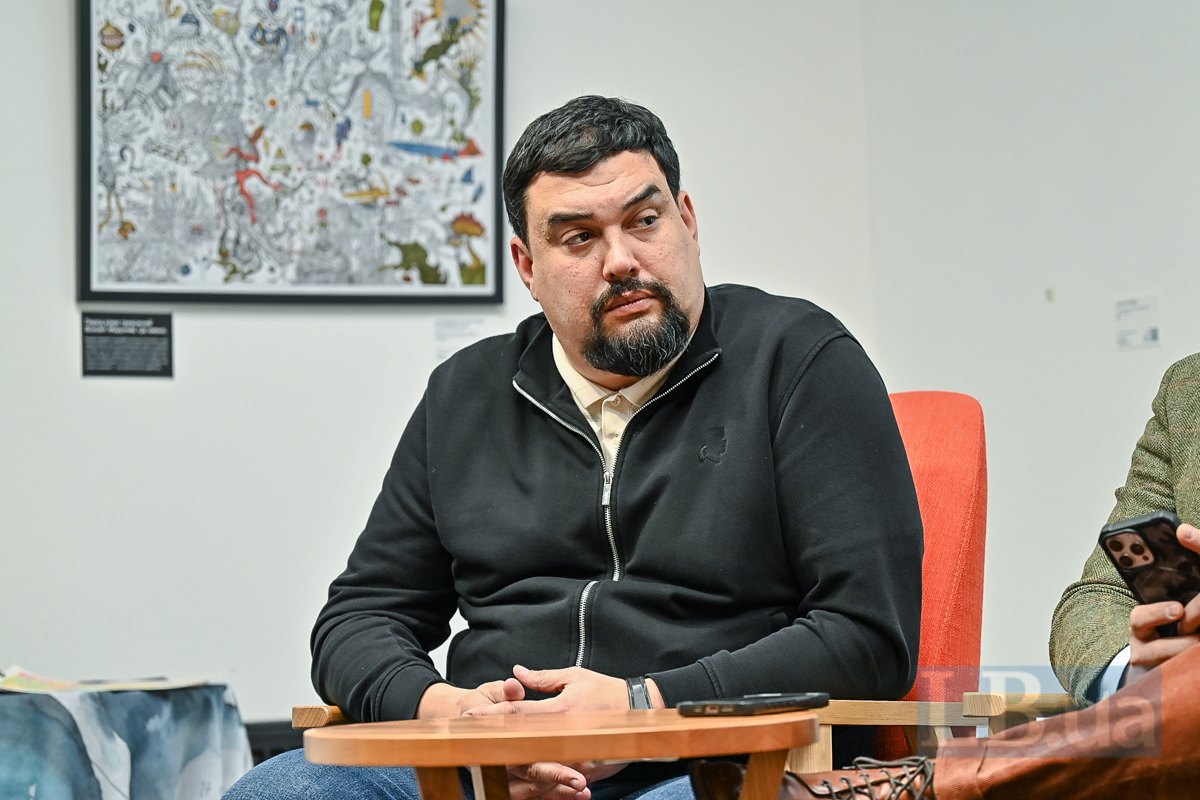
According to Khomenko, it would be more sensible first to establish a transparent, economically justified base tariff — and only then discuss how different industries should be priced, without any additional interim increases.
Hlib Vyshlinskyy, Director of the Centre for Economic Strategy, noted that over the past 30 years the quality of human capital in public administration has changed to such an extent that the old style of debate — “who out-lobbies whom” — must shift towards a constructive approach focused on building a coherent transport policy model. This, he said, should be the responsibility of the relevant ministry — the Ministry for Infrastructure — which, after being reorganised into the Ministry for Communities and Territories Development, has largely refocused on local governance.
“For decades we’ve been talking about an independent regulator that would set tariffs on the basis of a sound policy model, rather than ‘slapping the same rise on everyone’. You can’t simply take a number and multiply it across the board — that’s wrong. I’m surprised that with the level of human capital we have in government today, this model and this institution still don’t exist,” Vyshlinskyy said.
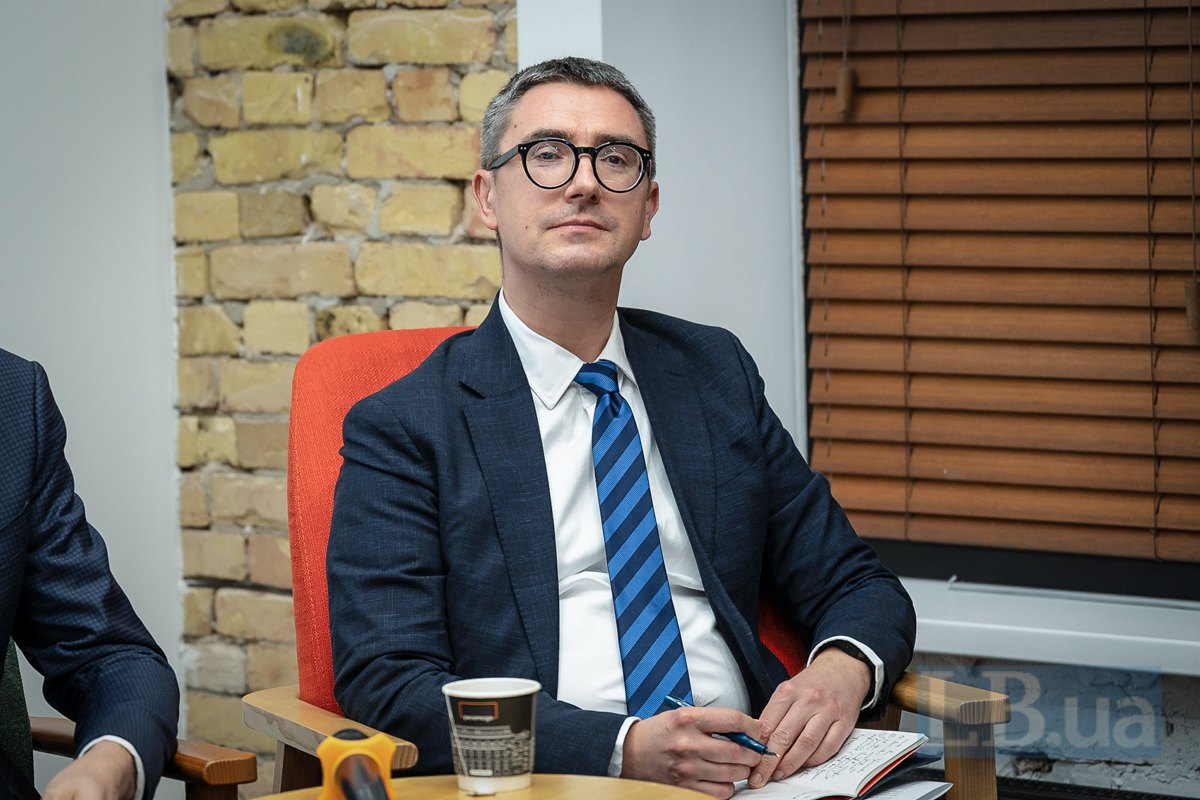
And Dmytro Natalukha, Chair of the Verkhovna Rada Committee on Economic Development, went as far as to suggest reconsidering whether Ukraine even needs passenger rail services if they remain permanently loss-making. He cited the example of the United States, where rail passenger transport has been largely replaced by cars and planes.
“Since 1956 the United States has pursued a deliberate, intentional, strategically important policy of removing the railway from passenger-service functions. And this brings us back to the state’s strategic choice. These stories about budget compensation of 16 billion or 26 billion every year, as some suggest, simply don’t add up. They don’t align with long-term prospects,” the MP argued.
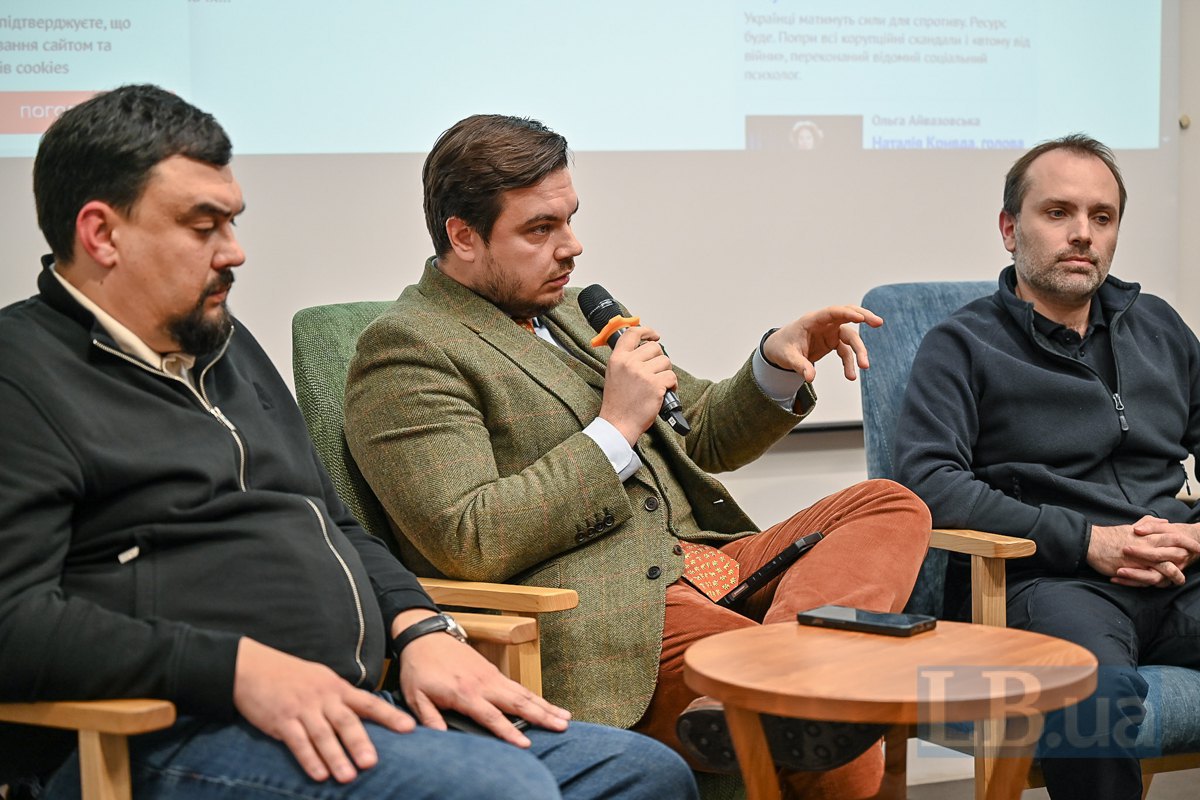
The full text of the discussion will be available on LB.ua shortly. For now, we are publishing a report from the event.
